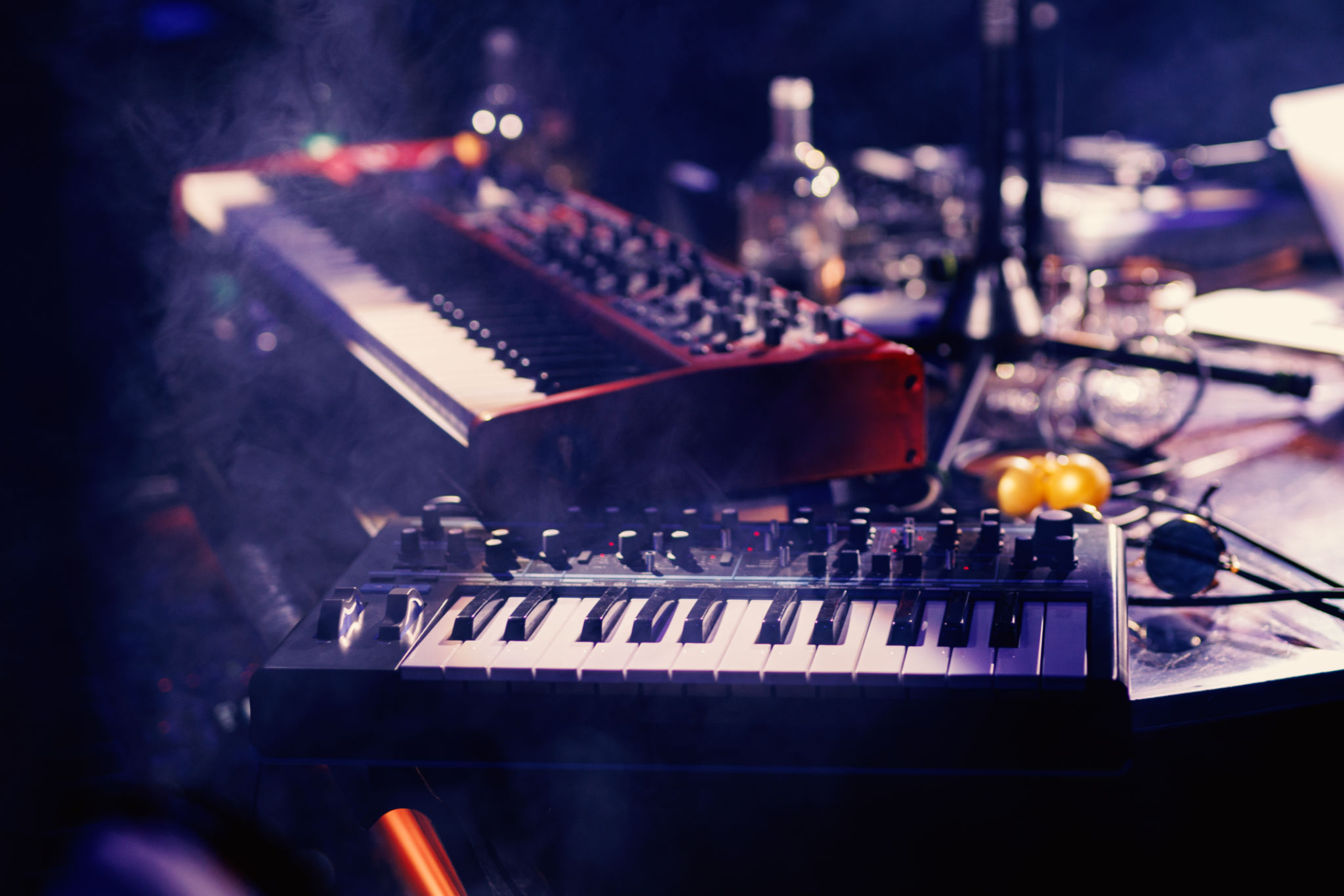The Role of Intricacy in Modern Electronic Music: Evolution and Trends
The Evolution of Intricacy in Electronic Music
Electronic music has undergone a remarkable transformation over the past few decades. From its humble beginnings with basic synthesizer sounds to its current state of complex, multi-layered compositions, the genre has consistently pushed the boundaries of creativity and technology. One of the most significant developments in this evolution is the role of intricacy, which has become a defining characteristic of modern electronic music.

Intricacy in electronic music refers to the detailed and often elaborate arrangement of sounds and rhythms that create rich and immersive auditory experiences. This complexity is not just about layering multiple sounds but involves a meticulous approach to crafting unique soundscapes that captivate listeners.
The Technological Advancements Driving Complexity
The rise of intricate electronic music can largely be attributed to technological advancements in music production tools. Software like Ableton Live, Logic Pro, and FL Studio have empowered musicians to experiment with endless sound possibilities. These digital audio workstations (DAWs) allow producers to manipulate sound with precision, leading to more sophisticated and textured compositions.
Moreover, the integration of MIDI controllers, synthesizers, and samplers has further expanded the sonic palette available to producers. This technology facilitates the creation of complex rhythms and melodies that were previously unattainable, pushing the boundaries of what electronic music can achieve.

Trends in Modern Electronic Music
Several trends have emerged in the world of electronic music as intricacy continues to play a central role. One such trend is the fusion of electronic elements with traditional musical genres. Artists are increasingly blending electronic sounds with jazz, classical, and even orchestral music to create innovative hybrid genres.
Another noteworthy trend is the rise of micro-genres within electronic music. These sub-genres, such as ambient techno, glitch hop, and future bass, showcase highly intricate sound design, appealing to niche audiences seeking unique auditory experiences.

The Impact on Live Performances
The intricacy of modern electronic music has also influenced live performances. Artists are now incorporating visual elements, such as synchronized light shows and interactive installations, to enhance the audience's experience. This trend emphasizes the importance of creating a multi-sensory environment where visual complexity complements auditory intricacy.
Additionally, live electronic performances often involve real-time manipulation of sound, allowing artists to improvise and adapt their sets based on audience reactions. This dynamic approach keeps performances fresh and engaging, further highlighting the role of intricacy in shaping modern electronic music.
Looking Ahead: The Future of Intricate Electronic Music
The future of electronic music promises even more complexity as technology continues to evolve. Emerging technologies like artificial intelligence and machine learning are poised to revolutionize music production by assisting artists in creating even more intricate compositions. These technologies can analyze vast amounts of data to suggest novel sound combinations, pushing the boundaries of creativity even further.
As electronic music continues to evolve, the role of intricacy will remain central to its development. Artists will continue to explore new ways to challenge conventional musical norms, creating immersive and captivating soundscapes that push the genre forward.